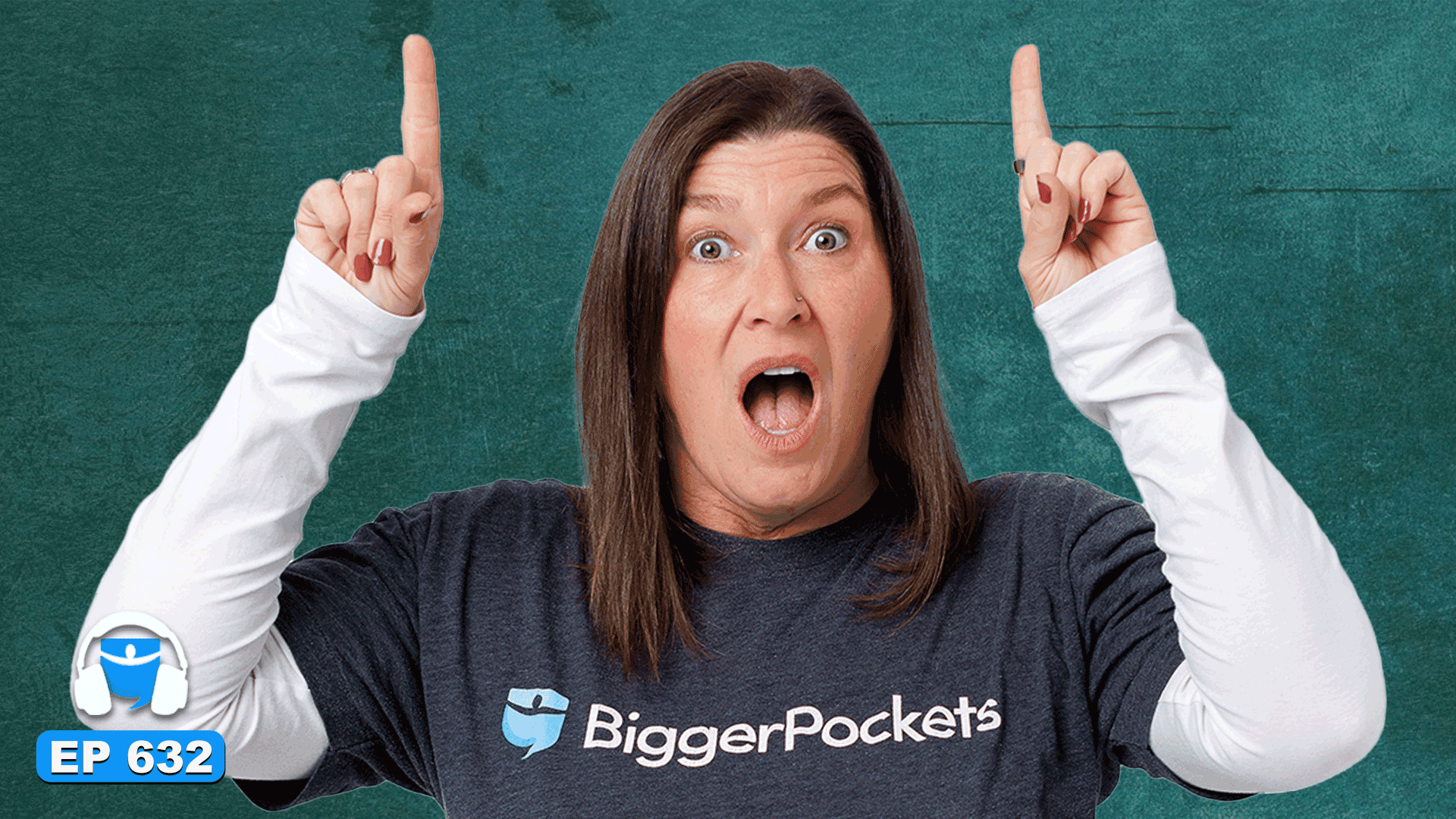Brisbane homebuyers are being slugged up to $348,000 in taxes and government charges for a typical new build. Picture: Nigel Hallett
Brisbane homebuyers are forking out up to $348,000 in tax and red tape to get the keys to an average-priced new build in the river city, with that figure more than doubling in the past five years.
A new report commissioned by the Housing Industry Association (HIA) revealed the taxes and government charges on the average new build in Brisbane increased 106 per cent or $179,000 since 2019.
This was the largest increases of any capital city in the value of tax and regulatory imposts between the HIA’s 2019 report and the 2025 update.
The report found of the $843,000 for a typical new house and land package in Brisbane, up to 41 per cent of the cost was taxes and government charges.
This includes $126,000 in regulatory costs, $181,000 in statutory taxes and $41,000 in infrastructure contributions.
For new units in Brisbane, the value of the tax and regulatory cost component increased by $104,000, or 68 per cent, compared to the 2019 Report.
In Melbourne, buyers were paying $373,000 in taxes and government charges on a $866,000 new house, while in Sydney it was $576,000 on a typical $1.182m new house and in Adelaide it was $237,000 on a $638,000 new house.
More than 40 per cent of the cost of a new home is taxes and government charges. Picture: Glenn Barnes
HIA chief economist Tim Reardon placed blame for Brisbane’s “acute shortage of housing” on the growing tax imposts and government-imposed costs on new home building.
“Taxes and government charges on building a new home in Brisbane has more than doubled in just five years while finding a place to live in has become increasingly difficult,” he said.
“It is an own goal on the part of governments to say that they want to increase housing supply on the one hand and on the other hand tax new homes even more.”
Mr Reardon said the HIA research showed despite claims to have housing as a top priority, governments at all levels were just paying lip service to the housing crisis “given the volume of taxes, charges, regulations and delays they impose on building”.
“With government taxes, fees and charges so high, the term ‘house and land package’ may as well be changed to ‘house and tax package’,” he said.
“Taxes and government charges have more than doubled, but housing supply has not.
“This points to the fact that governments cannot tax their way out of fixing the housing supply problem.”
HIA chief economist Tim Reardon. Picture: Tertius Pickard
The HIA report found it took about a year to obtain a development approval for subdivision, and a third of this is attributed to unnecessary delays.
Mr Reardon said these delays with getting land to market and obtaining approvals were also constraining housing supply and adding to the cost of a new home.
“It is ultimately the end homebuyer that has to foot the bill for the taxes, charges and delays imposed by governments of all tiers,” he said.
“New homebuyers end up with a larger mortgage to pay because of taxes and charges, but they do not end up with a bigger or a better home.
“In order to increase supply and lower the cost of housing, the State Government should look at ways of addressing the doubling in taxation on building a new home.”
Queenslanders are now paying more for new homes than established homes. Picture: David Clark
A separate report by Money.com.au found Queenslanders were also paying a “new build premium” of more than $23,000 compared to established homes.
The analysis showed the average loan for a new home in Queensland was 3.6 per cent more than the average loan for an existing property.
Money.com.au’s property expert, Mansour Soltani said while traditionally new build loans were lower than loans for established homes, that had shifted.
Nationally, loan values for new builds rose 12 per cent year-on-year in the December 2024 quarter, compared to 9 per cent for loans on established properties.
“Financing a new home is now more expensive than an established property, creating a ‘new build premium’ for buyers,” Mr Soltani said.
“Rising material costs, labour shortages, and developer pricing for quality finishes, energy efficiency and customisation are key drivers.
“Meanwhile, land prices in high-growth areas and ‘sister suburbs’ are also climbing.
“Then, you’ve got first-home buyers, who often opt for new builds to access government incentives like stamp duty concessions and cash grants.
“Many take out larger loans because they have a smaller deposit or rely on guarantors with equity to secure their mortgage.”



















 English (US) ·
English (US) ·